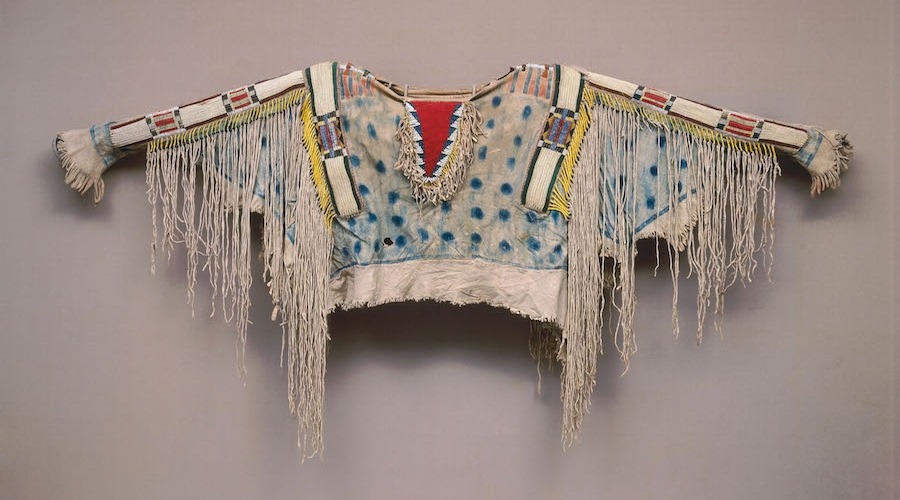Seattle museums and other public and private institutions occasionally feature exhibitions of rare and fragile Native Alaskan art and artifacts. Most of these surviving treasures were collected (purloined?) by former Finnish and Russian governors of Alaska during the early part of the 18th century. Many have been borrowed from the National Museum of Finland. These precious items include clothing, weapons, hunting and fishing gear, utensils, and ceremonial objects. Their connection to the Pacific Northwest is complex and noteworthy.
One Seattle exhibition from the North was called “Treasures of the Great Land.” (The word “Alaska” means “Great Land” in the Aleut language.) During expansion of the Russian empire in the early 16th century, knowledge of the Far North was acquired and exploited. Information about this mysterious polar region grew from Russian ships moving through Alaska waters. The most famous of these sailing captains was Vitus Bering, a Dane serving in the Russian Navy. His first reports describing the Aleutian and other islands of Alaska were dated 1741.
Following Bering’s return to St. Petersburg with samples of sea otter furs and other coastal detritus, Russian interest in learning more about this remote region intensified. Alaska Natives resisted these “foreign” excursions, but the insatiable market for sea otter skins, especially in China, proved too great an attraction for deckhands, entrepreneurs, and Native hunters and traders.
The Russian Orthodox Church followed the path of the fur hunters. Missionaries were soon busy converting Aleut and other coastal dwellers, opening the door to government relationships. A European settlement was established at Kodiak, followed by one at Sitka, which become the Russian capital of Alaska until 1867, when Alaska was purchased by America.
Earlier, a succession of seafarers, artisans, and officials came to Alaska to make their fortunes and carry out the orders of the Russian empire. Explorations by these pilgrims and adventurers extended down the West Coast of North America to San Francisco Bay. There is evidence that curious landing parties came ashore on Vancouver Island and the Washington coast.
Among the imperial governors of Alaska was a Finn named Arvid Adolf Etholen (Finland was then part of Russia). Etholen’s interests were both cosmopolitan and scientific. He bartered with local Natives, usually paying a fair price for Native objects, including virtually priceless Chilcat blankets woven from goat’s wool and cedar fibers; spruce root hats; ivory amulets (whale tusks); parkas made of sea otter and seal skins; and objects covered with the skins and feathers of puffins and cormorants.
Because destiny and timing brought two highly developed peoples together — Imperial Russia and the Alaska Natives — we can gaze today at rare and delicate objects in virtually mint condition. These commercial and ceremonial items tell a long, rich, and fraught history, as sampled here.
Discover more from Post Alley
Subscribe to get the latest posts sent to your email.

I wonder if there is pressure on Seattle collections to return these artifacts to the tribes who made and valued them?
There is a legislated process in place at the federal level for returns (NAGPRA), but for items outside of the US? I don’t know.